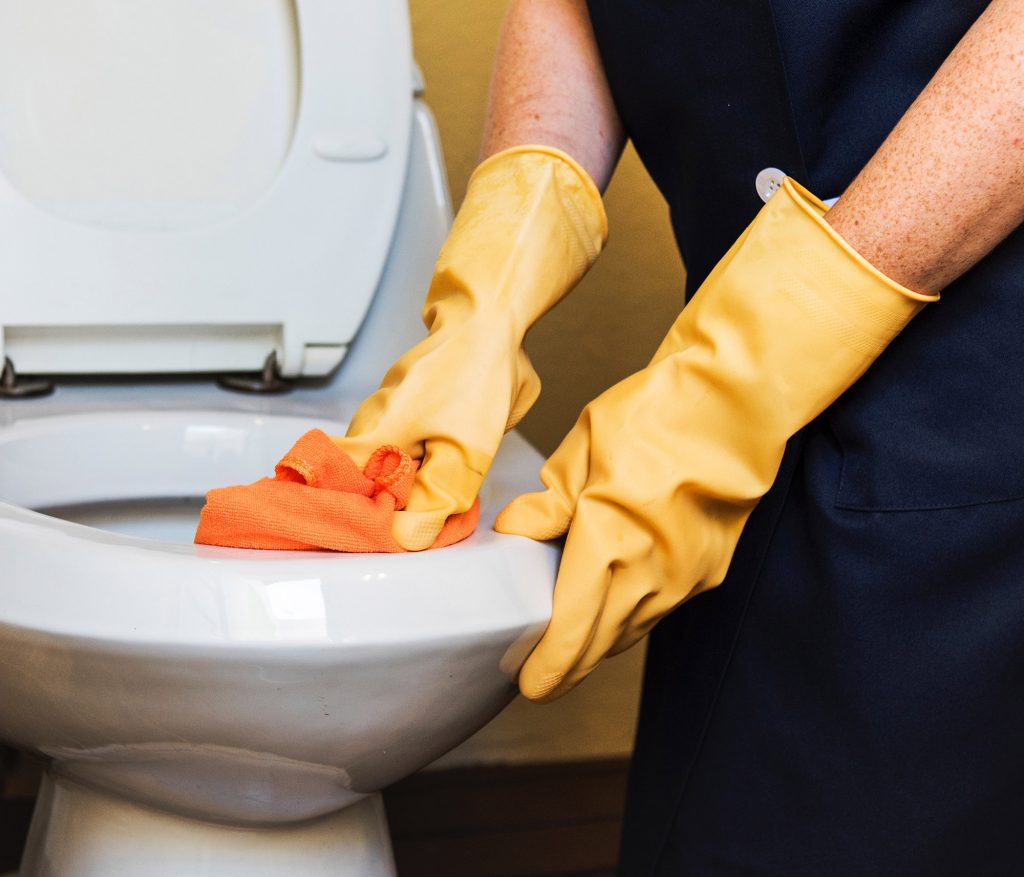Many people do not offer the ceramic throne much idea. Do your small business, flush, and eliminate the pot. However, for countless people around the planet, bathrooms are a significant source of stress, sickness, and financial hardship.
It has been told that proper infrastructure construction for toilets in developing areas doesn’t exist so waste particles may come in contact with individuals. Americans, by and large, rely upon a invisible sewage system and off-site wastewater treatment plant handled by a municipal sanitation department to securely process their feces. Elsewhere, the debris leaks a bit more freely. This causes pathogens to make their way into drinking water and water used for household purposes such as cleaning.
These leaky industrial intestines have serious effects for human wellbeing. Pathogens from fecal matter comprise cholera-causing germs; rotavirus, which causes stomach flu; Shigella, the micro-invader accountable for dysentery; as well as parasitic worms keen to purge a new human host. Every year, 500,000 or more children under 5 die from these diseases. And adults are not secure: the U.S. Centers for Disease Control and Prevention quote 9% of the planet’s overall disease burden stems from poor sanitation and polluted drinking water.
However, one of the planet’s most notable philanthropist has declared that a global community of technologists, sanitation specialists, and development employees financed by a giant foundation have cracked the global crapper crisis. The personal company, which prides itself on its own public health initiatives, made a decision to interrupt the restroom back in 2011. Foundation staff achieved to technology companies in far-flung fields, supporting them with grants and the possibility of profitable altruism—to create a self
In a foundation-backed Toilet Expo in Beijing, someone took the point with a useful visual support: a mason jar filled with poop. The purpose of the expo was to showcase radically new sanitation technologies and products which are ready to use and be sold. It was expressed in the expo that it is no longer a matter of reinventing the bathroom with other sanitation systems more so than it is a matter of how fast said new alternatives will go. According to a press release, there will be about 20 bathroom technologies it currently deems prepared for widespread usage.
The civil engineering marvel, which is around the size of four sea shipping containers put side-by-side, joins three existing technologies in a single closed-looped system. It begins with good fuel combustion, where solid waste is separated from liquid waste, automatically dried, and place aflame. The consequent heat boils water, generating steam capability to keep the entire system running. The next and last procedure, water therapy, runs in parallel to both gas and steam-creation. Watery waste diverted by the drier earlier in the procedure is compacted and filtered, making potable water.

The self indulgent system does not utilize external electricity, but it generates lots that surplus electricity could be fed to the community. It’s projected that the machines will have the ability to filter water for a community of approximately 200,000 to 500,000 individuals.
Since the dawn of human culture, we have fought to include our collective squander. For
Inventing a totally new system required some creative thinking, and suggestions into the Foundation were varied. Pathogens can be murdered in three manners: compounds, biological components such as excrement-eating germs, or warmth. Engineers pursued all 3 avenues. Insert in the stipulation every system is entirely self-indulgent, and toilet chairs suddenly look a whole lot more like a ceramic Rubik’s cube. As an example, a single tech might be quite effective at disinfection and clearing its own drain when blocked but can only be economically viable when produced in huge quantity. As such, it has to be used at a community level instead of a single household. Another tech could be cost
In the past few years, said




